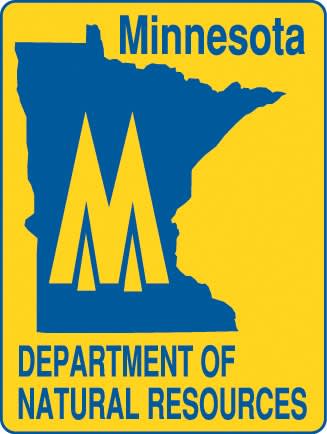Minnesota’s Winter Season on Track to be Deadliest in Five Years

This winter season (November to April) is on track to be the deadliest on the ice in more than five years, the Minnesota Department of Natural Resources (DNR) said.
So far this winter, five people have died after going through the ice in Minnesota. A sixth person is missing and presumed drowned. In the 2006-2007 winter season, eight people died in ice-related incidents.
“There could be several reasons why so many people have died this year,” said Kara Owens, DNR boat and water safety specialist. “It could be there are more people out on the ice because we have had a cooler winter and more snow.”
All the fatalities this winter involved a snowmobile or vehicle either crashing into open water or breaking through the ice.
As the winter starts to wind down and Minnesotans enter the last weekend in February, Owens has an urgent message for winter enthusiasts: “The bottom line is it’s crucial that people do not let their guard down and recognize ice is never 100 percent safe.”
Fatalities by winter season (November through April)
Year Number of deaths
2012-2013 6*
2011-2012 4
2010-2011 4
2009-2010 1
2008-2009 2
2007-2008 3
2006-2007 8
*Including one person missing
The DNR recommends anyone heading out on the ice should measure the ice thickness and contact a local bait shop or resort about area ice conditions. For information on the DNR clear ice thickness recommendations go to, http://www.dnr.state.mn.us/safety/ice/thickness.html.

